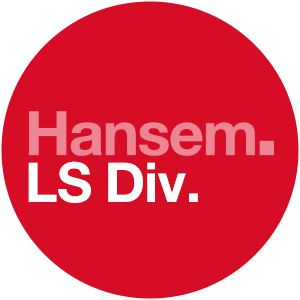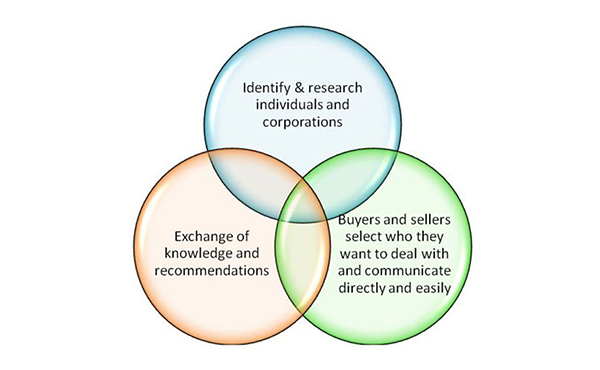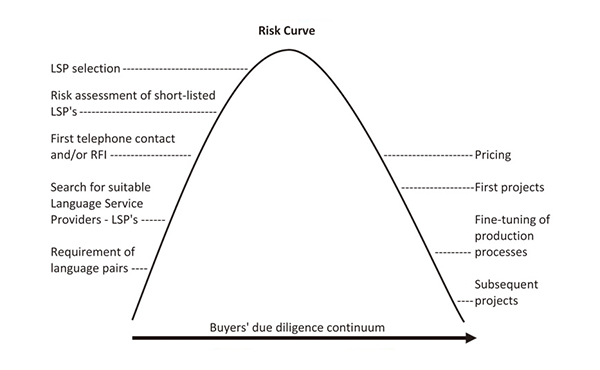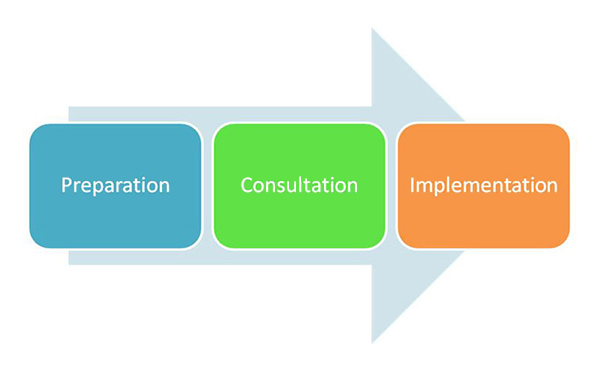

Localization


A discussion in the Selling Translations Linkedin Group prompted me write this article to help both buyers and sellers of localization services understand each other better.
Up to the summer of 2010, you could call a prospect and have a reasonable chance of talking directly to the decision-maker and being invited to provide further information about your company, its services and rates. It seemed to me that many European corporations were glad to have someone from an Asian LSP call them as, at the time, they mostly used local vendors, with the accompanying higher rates. 2010 and 2011 were the years, in my opinion, that the localization Industry globalized from within and without.
That is, end-client localization and vendor managers (buyers) could use the Internet to find and research overseas LSPs and translator teams, establish direct contact with them and solicit pricing. At the same time, sales people had to learn the new rules and impact social media was bringing to the sales process within the localization Industry.

I remember meeting the director of a vendor-client in Munich back in June 2010. At that time, my revenue with his company was €240,000 per annum. He told me, “Times are changing. Corporate buyers are using the Internet and Google to go directly to translation resources. LSPs that ignore these developments will probably not be around in five years.” Most people at that time used the Internet for researching corporate websites and the early ProZ to start to look for freelance translators. Few foresaw the pivotal role social media would play in revolutionising the sales process.
Buyers and sellers use of social media

Fast forward to 2016. Linkedin and XING are de rigueur. Sales people use these tools to explore prospective companies and identify decision-makers. Corporate buyers use social media and LSP websites to research potential partners before entering into a buying cycle. Pricing has become a secondary issue; risk assessment being the first.
At last November’s TEKOM in Stuttgart I spoke to end-clients and LSPs who collectively made the following observations:
Consider the following:
Buyer’s risk consideration for LSP selection

You can see that once language requirements have been defined, the buyer then proceeds through a fairly predictable process of searching for and deciding upon a language service provider. Through social media and information available on the Internet, buyers now have unprecedented powers to conduct their own risk assessment and pricing research, which can only make the salesperson’s job easier – providing they (a) have the services and translation processes the buyer needs, and b) are completely transparent with the person they are selling to, the buyer, AND their own Production Dept., which may be located on another continent.
As a salesperson, I find the critical hurdle to overcome is the buyer’s concerns about risks. I not only welcome this part of the sales process, I embrace it. Working closely with our headquarters in South Korea and our subsidiaries in China and Vietnam, we developed the following steps to help buyers:

I work with the buyer to identify their requirements, summarise their previous experiences with LSPs and list any anxieties. After confirming my understanding, I then send a summary to our Production Dept. The Production Manager then conducts her own investigation into how we can help the client, what we, internally will need to do regarding processes, and finally produce a list of questions and likely answers. We work together to produce initial information for the buyer and an agenda, with input from the buyer, before holding a video meeting that may also involve project managers located in our subsidiaries.
I organise an audio or video (preferred) meeting with the buyer and stakeholders from our company. I moderate the meeting to make sure that all parties have their say, and that the agenda is adhered to. Before the meeting closes, I ensure that:
The Lead PM and Local PMs now take over the day-to-day running of the new account, and implement the agreed upon plan according to its schedule.
At this stage, the salesperson’s job is now mostly done.
The real heroes are the project managers, QA people, linguists and translators who deliver localized projects and continue to satisfy the client’s requirements day in and day out.
The company I work for is HansemEUG, one of Asia’s largest localization and manual development corporations. If you would like to know more about us or Asian localization please contact me any time. I am always happy to share my knowledge.
Hansem Global is an ISO Certified and globally recognized language service provider. Since 1990, Hansem Global has been a leading language service company in Asia and helping the world’s top companies to excel in the global marketplace. Thanks to the local production centers in Asia along with a solid global language network, Hansem Global offers a full list of major languages in the world. Contact us for your language needs!
 Transforming B2C Sales Training with Gamification
04.14.2024
Transforming B2C Sales Training with Gamification
04.14.2024
 The Impact of Localization on Salesforce’s Success with Hansem Global
04.07.2024
The Impact of Localization on Salesforce’s Success with Hansem Global
04.07.2024
 Mastering Right-to-Left (RTL) Language Localization: Avoid the Top 5 Desktop Publishing (DTP) Mistakes for Global Success
04.03.2024
Mastering Right-to-Left (RTL) Language Localization: Avoid the Top 5 Desktop Publishing (DTP) Mistakes for Global Success
04.03.2024